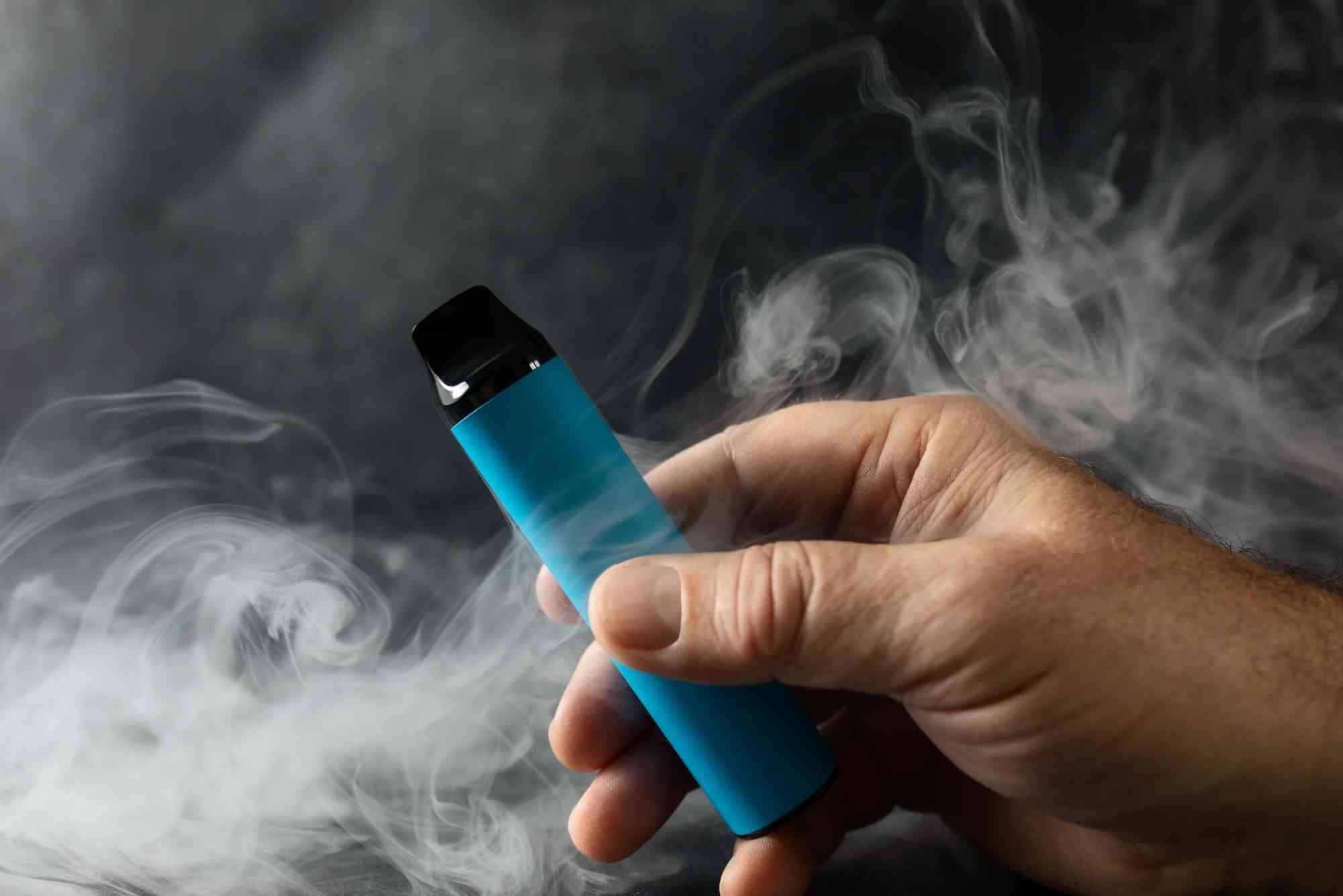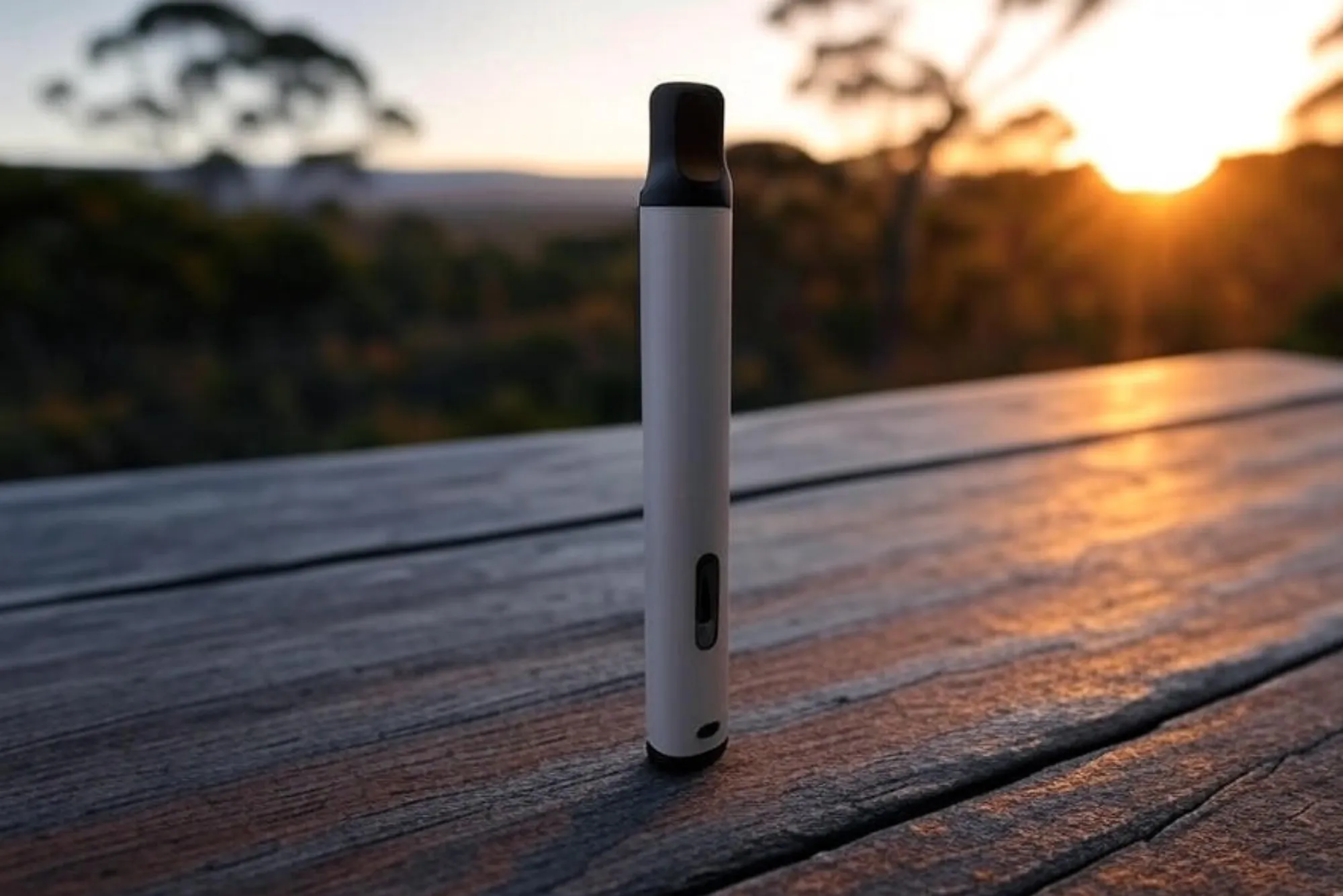Introduction
In recent years, vaping has gained significant popularity among smokers looking for an alternative. While vaping can be a safer alternative to traditional smoking, it’s crucial to understand the rules and regulations surrounding it—especially when it comes to vaping in restricted zones. Ignoring these laws can lead to hefty fines and legal consequences. This blog will walk you through the laws surrounding vaping in restricted zones, why these rules exist, and how you can avoid getting penalized.
Why Are Vaping Laws in Restricted Zones Important?
Vaping laws are put in place to protect the health and safety of the public. Public places, including parks, transportation hubs, and restaurants, often have regulations on smoking and vaping to prevent secondhand exposure to harmful chemicals. These restrictions are designed to reduce the risk of nicotine exposure and to keep the air clean.
Furthermore, vaping in restricted areas can be disruptive or irritating to people who may have sensitivities or who prefer not to be exposed to such products. These laws help ensure a balance between personal freedom and public health.
What Are Restricted Zones for Vaping?
Restricted zones are areas where the act of vaping is prohibited or heavily regulated. These include:
Indoor Public Spaces
Many indoor locations, including restaurants, shopping malls, office buildings, and airports, are considered restricted zones. These spaces are subject to strict air quality and health regulations that ban the use of vaping devices.
Public Transportation
Trains, buses, and airports typically have specific zones where vaping is banned. These restrictions are in place to ensure that the confined spaces don’t become contaminated with harmful substances that could affect all passengers.
Health-Care Facilities
Hospitals, clinics, and nursing homes are also places where vaping is restricted. The focus in these areas is to protect patients, particularly those with respiratory conditions, from exposure to secondhand vapor.
Schools and Educational Institutions
Vaping in and around schools is typically prohibited. This is to protect students from being exposed to nicotine, particularly minors who may be more vulnerable to addiction.
How Much Can You Be Fined for Vaping in Restricted Zones?
The fines for vaping in restricted zones vary depending on your location. However, most places impose substantial penalties for non-compliance. In general, fines can range from:
- $50 to $250: Minor offenses like vaping in a public park or in areas clearly marked as no-vape zones.
- $500 to $1,000: More severe fines can be imposed in cases where the offense disrupts the environment or involves violating a formal law.
- Higher penalties for repeated offenses: Individuals who are caught vaping multiple times in restricted zones may face increasing fines or even legal action.
In some places, fines can be as high as $2,000, depending on the severity of the violation. In addition to fines, repeat offenders may also face criminal charges.
Example of Fines in Major Cities:
- New York City: Vaping in certain areas can result in fines of up to $250. Indoor spaces like bars and restaurants are particularly strict.
- California: The state enforces a fine of $200 for violating vaping restrictions in public areas.
- Singapore: A global example, Singapore has a very strict vaping ban. Fines for possession or use of e-cigarettes can be as high as SGD 10,000 ($7,500 USD).
Why Are Vaping Restrictions Necessary?
Health Risks of Vaping
Vaping, though often marketed as a safer alternative to smoking, still carries health risks. Vaping can still expose individuals to harmful chemicals like formaldehyde and acetaldehyde. The long-term effects of vaping are still under study, but it’s important to regulate it in public spaces to avoid risks to others.
Protection of Non-Smokers
Secondhand vapor, though not as harmful as secondhand smoke, can still be annoying or even dangerous to individuals who are sensitive to it. People with respiratory conditions like asthma or allergies may be particularly affected by vaping in public spaces.
Minors and Vulnerable Groups
By restricting vaping in certain areas, authorities can limit minors’ access to vaping products and reduce the likelihood of nicotine addiction among youth. It is especially important to protect younger generations from the harmful effects of nicotine.
How Can You Avoid Fines for Vaping in Restricted Zones?
To avoid getting fined for vaping in restricted zones, it’s important to familiarize yourself with the local laws and regulations. Here are a few steps you can take:
Know the Local Laws
Check your city or country’s smoking and vaping regulations. Many jurisdictions have clear signage indicating whether vaping is allowed or prohibited. If you’re unsure, ask local authorities or businesses for guidance.
Respect No-Vape Zones
Pay attention to designated no-vape zones. These could include indoor areas, near public transportation hubs, or in designated areas within parks. When in doubt, refrain from vaping in public.
Use Vaping Areas
In some places, there are designated vaping areas where it’s safe and legal to vape. These areas are typically well-marked and provide a space for vapers to enjoy their e-cigarettes without violating the law.
Be Considerate of Others
Even if vaping is allowed in certain public spaces, be mindful of your surroundings. Some people may find vaping unpleasant or irritating. Always ask if it’s okay to vape in areas where smoking is permitted.
What to Do If You Are Fined for Vaping in a Restricted Zone?
If you receive a fine for vaping in a restricted zone, here are a few steps to follow:
Accept the Fine
If you’ve been issued a fine, the best course of action is to pay it promptly. Ignoring a fine can lead to additional penalties or legal complications.
Appeal the Fine
In some cases, you may be able to contest the fine, especially if you believe it was issued unfairly or if there were extenuating circumstances. Check the regulations in your area to determine how to file an appeal.
Learn From the Experience
If you were fined for vaping in a restricted area, use the experience as an opportunity to educate yourself on local laws. This will help you avoid future fines and penalties.
Vaping is a popular activity, but it’s essential to understand the laws surrounding its use, particularly in restricted zones. By being aware of the regulations, respecting public spaces, and avoiding banned areas, you can enjoy vaping without facing unnecessary fines. Stay informed and stay responsible to ensure that your vaping experience is both enjoyable and legal.
If you found this article helpful, share it with others who might be unaware of the laws surrounding vaping in restricted zones. Stay safe, and always check your local regulations before vaping in public areas.
FAQ
1. Can I vape in public parks?
In many areas, vaping in public parks is restricted. It’s important to check for signage or local regulations to determine whether it’s allowed.
2. What happens if I vape in a no-smoking area?
Vaping in a no-smoking area can result in fines, ranging from $50 to $250 depending on the jurisdiction. Repeated offenses can lead to higher penalties.
3. Are fines for vaping in restricted zones the same everywhere?
No, the fines and regulations for vaping in restricted zones vary by location. Some cities or countries impose stricter rules than others.
4. Can minors vape in public?
Minors are prohibited from vaping in most places. In some jurisdictions, it is also illegal for minors to possess e-cigarettes or vaping products.
5. Is vaping in restaurants allowed?
In many places, vaping is prohibited in restaurants, especially indoor settings. Be sure to check for designated vaping areas or ask the staff.




